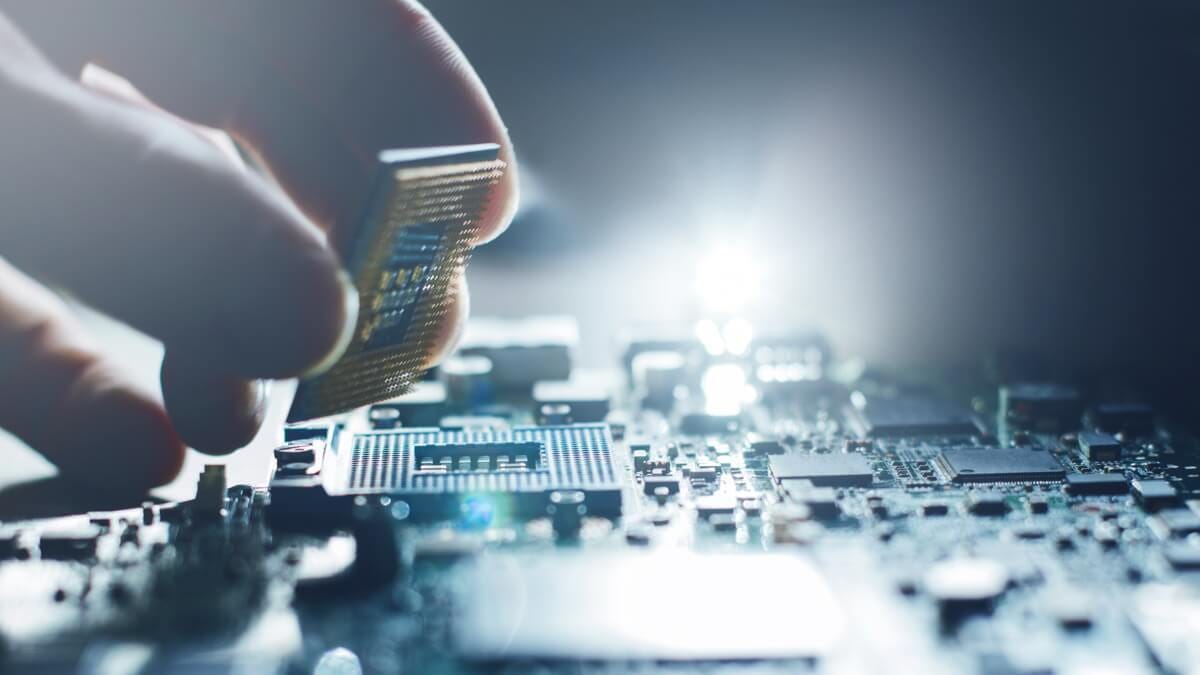The Internet of Things – where machine-based intelligence, monitoring, and connectivity are built into more and more devices and systems for consumer, commercial, and civic applications – will have an increased impact on our lives and work in 2023.
At the forefront of this technological revolution is Edge computing.
With Edge computing, data processing and analysis can happen closer to where the data is generated, reducing latency and improving efficiency.
Edge computing is particularly important for dealing with the massive amounts of data the IoT produces.
By processing and analyzing data at the Edge, the IoT can operate in real-time and make more immediate decisions without transmitting large volumes of data to a cloud or a central server for processing.
While IoT technology is constantly evolving, one thing is clear: its impact is growing exponentially.
In 2023, IoT devices are projected to grow by 18% to 14.4 billion, potentially reaching 27 billion connected IoT devices by 2025.
Looking ahead, we can see many exciting technological developments that will further drive IoT growth.
These include changes in computer architectures, such as new storage and memory approaches, affecting how data is stored and processed in data centers and at the network’s edge.
One area where the IoT is seeing significant growth is in the industrial sector, where it's being used to improve efficiency, reduce costs, and increase safety.
In manufacturing specifically, IoT sensors are used to monitor equipment and gather real-time data, allowing for predictive maintenance and reducing downtime.
Due to its many benefits and practical applications, the IoT is a priority for many companies.
As such, business owners must stay up-to-date with the latest trends and advancements, many of which you can learn more about in the sources below.
The IoT evolution
The following article highlights IoT trends to keep an eye on in 2023 and beyond, including the impact of supply chains, advances in AI algorithms and hardware, the growing importance of the industrial IoT, and the trend towards 5G and intelligent data analysis.
Additionally, the article discusses the emergence of Edge computing as a critical enabler of real-time data processing and analysis for IoT applications.
IoT Trends to Keep an Eye on in 2023 and Beyond
Trends to watch in 2023
This article examines nine upcoming IoT trends affecting all four IoT model components: sensors, networks, analytics, and applications.
The author discusses each trend's varying degree of influence, including how it impacts human-device interaction, a resurgence of AI in IoT, and more!
Get ready for the IoT future
The following article highlights the top five IoT trends we expect to see in 2023, including a move towards higher bandwidth applications with larger volumes of data being transmitted at higher rates, real-time data processing, and growth in drone and autonomous machine applications.
As these trends continue to unfold, it's clear that the IoT will play an increasingly important role in shaping how we live and work.
What IoT Trends Can We Expect to See in 2023?
Some extra resources
Reimagining computer vision
The article below explores the shift towards Edge computing for computer vision applications and the advantages this brings to enterprises.
It also touches on the potential for Edge AI to transform industries and highlights the impact of 5G technologies on Edge computing and AI.
Why are Enterprises Opting for Edge Computing Over Cloud?
Tripple threat
The following article discusses the impact of Edge computing, AI, and the IoT on various industries.
According to the article, opportunities at the intersection of the Edge, AI, and IoT include preventive maintenance, video analytics, autonomous systems, energy management, and more.
Exploring the Intersection of the Edge, AI and IoT
Choosing the right computing model
This article discusses the difference between Edge computing and cloud computing.
Edge computing processes data closer to the source, reducing latency and increasing security, but it can have low processing power and high implementation costs.
On the other hand, cloud computing delivers IT services over the internet, offering scalability and cost-effectiveness, but poses security risks and limits control.
Difference between Edge Computing and Cloud Computing
Xailient’s newest article
Edge computing hardware is critical to enabling the benefits and use cases of Edge computing, making it an essential consideration for businesses looking to adopt Edge computing technology.
For more information, see our new blog post, What is Edge Computing Hardware, and Why Is it Important?
Thanks for reading,
See you next week for our 1st-anniversary issue of the OnEdge Newsletter!


